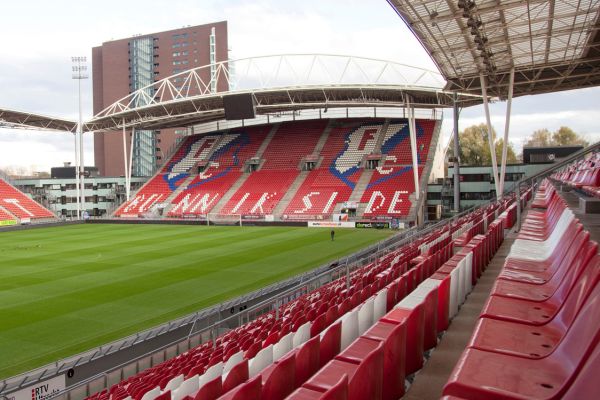The wooden wheels creaked as they turned along the muddy road. A shaky cart, pulled by two oxen, wobbled forward under a grey sky, where a light drizzle began to fall. Townsfolk lined the roadside—some whispering, most silent—as their eyes fixed on the solemn figure seated behind the driver and the guard. His hands were bound. His fate was sealed.
This was medieval Utrecht, in the Low Countries—modern-day Holland—and the cart was on its way to the gallows.
So what does this grim scene have to do with football, you might ask?
Well, fast forward a few hundred years to modern-day Utrecht—more specifically, to the home of FC Utrecht: Stadion Galgenwaard. The name itself echoes the darker past of this very patch of land. “Galgen” means gallows in Dutch, and “waard” refers to a piece of land, often by a river. In the 1600s, this area—just outside the city walls—was where executions were carried out, far from the bustling city center, surrounded by open fields and farmland. The name stuck.

The original Stadion Galgenwaard was built here in the 1930s, bringing football to a site once known for far grimmer gatherings. In the early 1980s, the stadium underwent a major renovation and was relaunched as a modern football ground with a name steeped in local history. Despite the facelift, the name endured, connecting each matchday to centuries of stories rooted in the land beneath the stands.
And while the gallows are long gone, the name remains—a haunting but fascinating reminder of history.
Today, on matchdays, the roar of the crowd fills the air around Galgenwaard. The chants, the cheers, the clash of rival fans—it’s a far cry from the eerie silence of centuries ago.
And now?
These days, the only drama here comes from the penalty spot.
For a more uplifting name of a Stadium in Holland, check out our post on Feyenoord's De Kuip in The Stadium Called the Bathtub.
